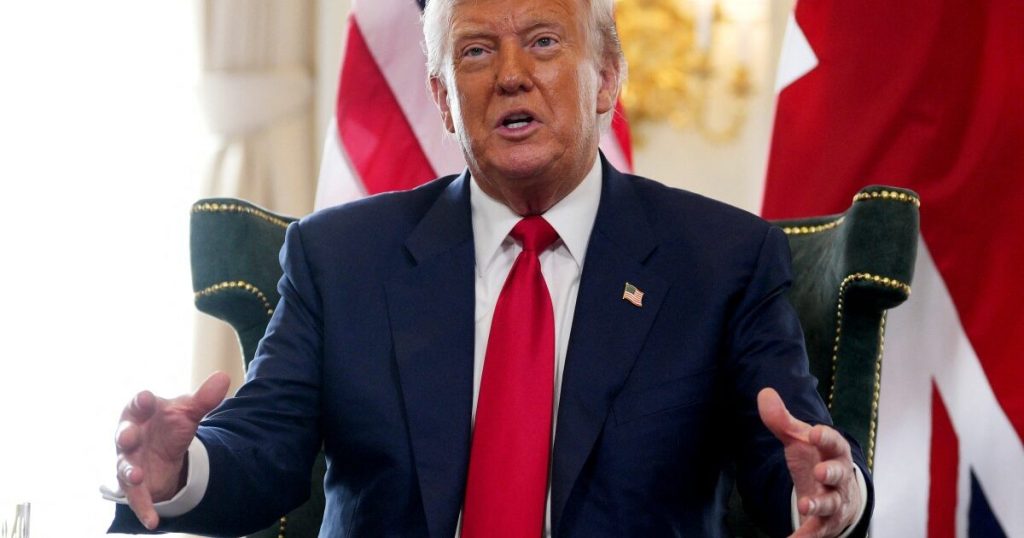Paragraph 1: Trump’s Accusations and the July Jobs Report
President Donald Trump sparked controversy by accusing Erika McEntarfer, the Commissioner of Labor Statistics, of manipulating employment data for political gain. His accusations followed a disappointing July jobs report, which revealed weaker-than-expected job growth and significant downward revisions to previous months’ figures. Trump alleged that McEntarfer “faked” the data to harm his re-election prospects, citing the reported 73,000 jobs added in July and the downward revisions totaling 258,000 jobs for May and June. He claimed similar “negative” manipulations occurred earlier in the year. Despite the concerning figures, Trump insisted the US economy was “booming” under his leadership.
Paragraph 2: A Deeper Dive into the Disappointing Data
The July jobs report from the Department of Labor painted a concerning picture of the US employment landscape. The 73,000 jobs added fell far short of expectations, and the unemployment rate ticked up to 4.2% from 4.1%. The downward revisions to May and June’s figures were particularly stark, dropping from 144,000 to 19,000 for May and from 147,000 to 14,000 for June. These figures represent a significant slowdown in job creation compared to previous years and highlight the economic challenges posed by the COVID-19 pandemic’s lingering effects.
Paragraph 3: Tariffs and Economic Uncertainty
Analysts attributed the weakening jobs market to several factors, most notably the uncertainty surrounding Trump’s trade policies. His fluctuating tariff policies on various countries and specific sectors like steel, aluminum, and autos created instability for businesses. The increased costs associated with tariffs led to cautious hiring and investment practices. Some businesses began passing these increased costs onto consumers, further complicating the economic outlook.
Paragraph 4: Expert Analysis and Predictions
Economists expressed concern over the July jobs report, with some labeling it a “gamechanger.” Heather Long, chief economist at the Navy Federal Credit Union, pointed out that 75% of the job growth in July came from the healthcare sector, highlighting the narrow concentration of gains. She stressed the urgent need for certainty on tariffs, warning that prolonged “tariff whiplash” could lead to layoffs. Joel Kan, an economist at the Mortgage Bankers Association, noted the contraction in goods-producing industries for the third consecutive month and attributed declines in trade-related service industries to the uncertain tariff environment.
Paragraph 5: Pressure on the Federal Reserve
The weakening labor market intensified pressure on the Federal Reserve to consider cutting interest rates to stimulate economic growth. Two Fed officials, Michelle Bowman and Christopher Waller, who dissented from the decision to hold rates steady, argued that the inflationary effects of tariffs were temporary and that the central bank should prioritize strengthening the economy to prevent further deterioration in the labor market. They warned that delaying a rate cut risked further slowing economic growth and damaging the labor market.
Paragraph 6: Escalating Trade Tensions
Despite concerns about the slowing economy, President Trump proceeded with escalating trade tensions. He reimposed steeper tariffs on numerous economies, scheduled to take effect within a week of his announcement. He also increased tariffs on Canadian imports, although some exemptions remained. This intensification of trade disputes further compounded the economic uncertainty and contributed to the cautious approach adopted by businesses regarding hiring and investment. The combination of a weak job market, escalating trade wars, and internal political disputes created a volatile economic landscape, leaving businesses and economists alike grappling with an unpredictable future.


